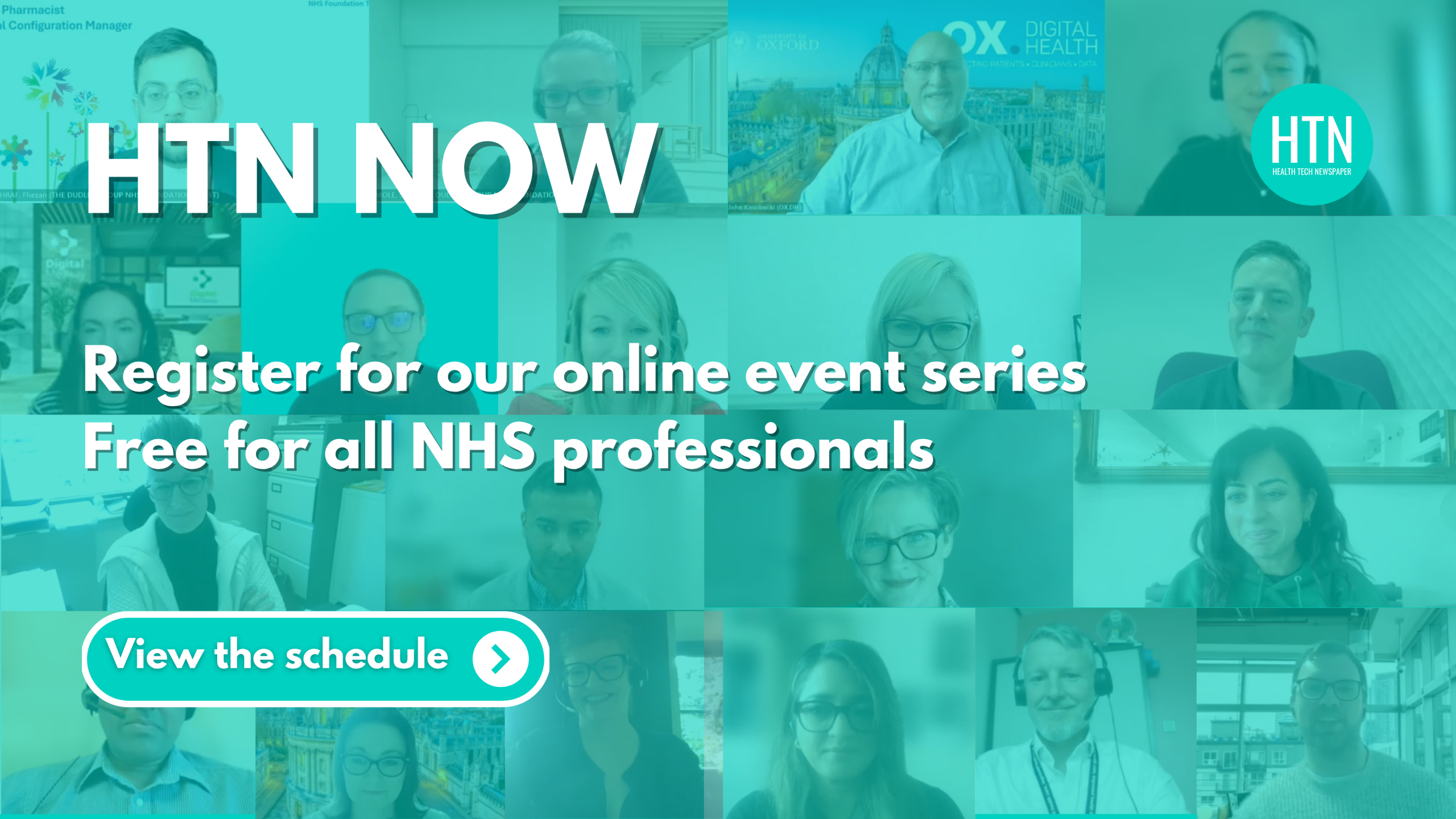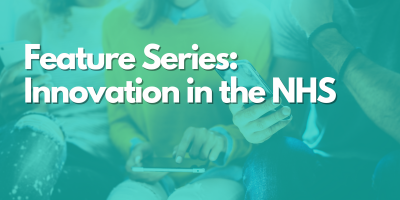HTN recently caught up with Harris Health Alliance’s (HHA’s) Rob Whitney, sales and account manager, and Katie Sutcliffe, head of marketing, to talk about how digital can help tackle interoperability in the health and care space.
“I’ve worked for K2, part of HHA, for 12 years now,” Rob explained. “And during that time I’ve seen the real world issues and impacts on the shop floor, helped customers build business cases for things like interoperability, and offered support in planning projects.” In his current role in sales, the approach isn’t “let me sell you an interface”, he continued, “it’s actually trying to get to the problem and what needs to happen to fix it”.
Working in maternity, digital midwives or CNIOs are often the main point of call, according to Rob. “My observation is that maternity tends to be somewhat siloed from the rest of the organisation; they’re almost like a hospital within a hospital, but it’s such a complex pathway that it needs the interoperability to work.”
Challenges around interoperability
A challenge for those on the frontline in maternity can sometimes be not having the full picture of what is available across the whole organisation, what can be linked up, or what the possibilities are in terms of interoperability, Rob continued. “Those clinicians might talk to sales people just looking to sell them something for the sake of it, and may not have support available, or not have looked for it, from the IT directors or interoperability specialists within their organisation.”
“There is so much tech, but it’s important to remember that it’s about the people – changing mindsets, building understanding, and looking at how those people work,” Katie noted.
Rob added: “Because people are the ones who make the tech decisions; so if the tech is not there it’s because people either haven’t made the right decision or haven’t been informed enough to make that decision.” Specialist, smaller vendors like K2 often need to react more dynamically to changes and requirements to meet the needs of larger EPR suppliers, which can cause challenges when those EPRs are built on old tech stacks, limiting the potential for interoperability, he shared. “There’s certainly a tech debt in a lot of organisations, perhaps because of switching costs, and where we now offer a SaaS cloud solution, we’re finding more and more NHS trusts aren’t up-to-date enough with their trust integration engine to send integration straight out to the internet securely.”
That leads to K2 offering wraparound services to try to accommodate different organisations’ tech limitations, “this moves us to beyond the realms of maternity at that point, because it’s actually part of their infrastructure we’re providing”.
Katie added: “Ultimately, we’re just interested in providing the service that’s going to enable them to do what they do best, and help to remove administrative burdens. We’re all trying to achieve the same goal, patient safety, so it can never be about pushing our own agenda.”
Solving the interoperability challenge
It would be great to have NHS-defined standards for communication, Rob told us. “In other areas there are ISN standards, and whilst these have been developed in maternity, which is a great foundation to start with, it isn’t yet mature enough to facilitate the necessary interoperability. Improving that would then open up those integrations and interoperability across specialties, not just within maternity, and it would make suppliers’ lives easier not having to develop a custom interface every single time.”
HL7 is a “very old standard”, but it’s so widely used that people are reluctant to move away from it, according to Rob. “So you have this issue that people are comfortable using it, but whilst it’s not causing any issues for the organisation, it’s not forward-thinking.” APIs would be the ideal way to publish and share information between systems, reducing costs for all parties, but without the necessary data standards, there’s no point in publishing them, “because every supplier has their own data schema and standard that they’re publishing”, he added.
K2 is keen to get a seat at the table when it comes to discussions on the Singe Patient Record, which is officially starting in maternity, Rob told us, in order to be sure that it can work to incorporate it into its products and roadmap to offer benefits to customers. “It’s also important for us to be able to share our expertise and experience with the NHS in an objective way that can help in the drive toward NHS England’s objectives,” he noted.
The benefits of interoperability
Benefits of interoperability include having all of your data in one place, that enables clinicians to build reports themselves rather than having to rely on business intelligence or data warehouse teams, Rob told us. “If a clinician were looking to conduct a clinical study across a specific period of time or cohort of patients, they can do that. If they want to look at test results from pathology, or patients who have tested positive for a certain thing, they would have all of that in our system, because we integrate with pathology.”
Rob talked about how it’s also possible to have an EPMA feed, to allow clinicians to pull in information from EPMA and store it within K2’s system. Integrations with scanning systems offer the opportunity to pull all of the information together for clinicians to look at things like growth and make informed decisions, without having to click into three separate systems. “When you’re pregnant, there are so many different tests you need to have done, and you’ll be a pincushion for blood tests. What you want is that when you come in for a consultation, the clinician has all of the results and information in front of them.”
With K2’s systems, all of that is built into the structured workflow, so clinicians can go into their clinic and review results pertaining to upcoming consultations. “That can massively speed-up workflows, but it also means things aren’t missed,” Rob highlighted.
“We’re aware of the burdens already on the NHS, so by enabling and supporting that accuracy and ease with which clinicians can access the data they need, we’re just trying to make the whole process more focused on safety and avoidance of risk,” Katie added.
Interoperability in practice
Rob offered some examples of interfaces K2 provide that help offer efficiency to NHS colleagues, including discharge letters. “In maternity there are people who are stuck in antenatal bays that should be going to labour ward, but they can’t go there yet because someone who has already delivered hasn’t been discharged,” he said. “You almost need to work from the end backwards, because it’s the person at the front end that’s the one at risk, the person in active labour. Automating the discharge process and discharge letters being sent off to health visitors or GPs can really help.” A lot of letters are sent “very manually” in Outlook, Rob continued, “which isn’t efficient or particularly secure, and you don’t necessarily have an audit trail”.
Another example is clinic booking, where K2 can take a feed from the EPR and populate all the clinics within its system, to avoid duplication of effort. “That means there’s a ward clerk freed up, because that will admit patients to clinics automatically,” Rob shared.
“You know you’ve succeeded when an integration has provided either a clinical benefit or an operational, time saving benefit,” Rob considered. “There’s a lot of focus at the moment on equitable care, and interoperability can help with that too – it means each clinician has the same information presented to them in the same format, in the same way, helping to standardise care.”








